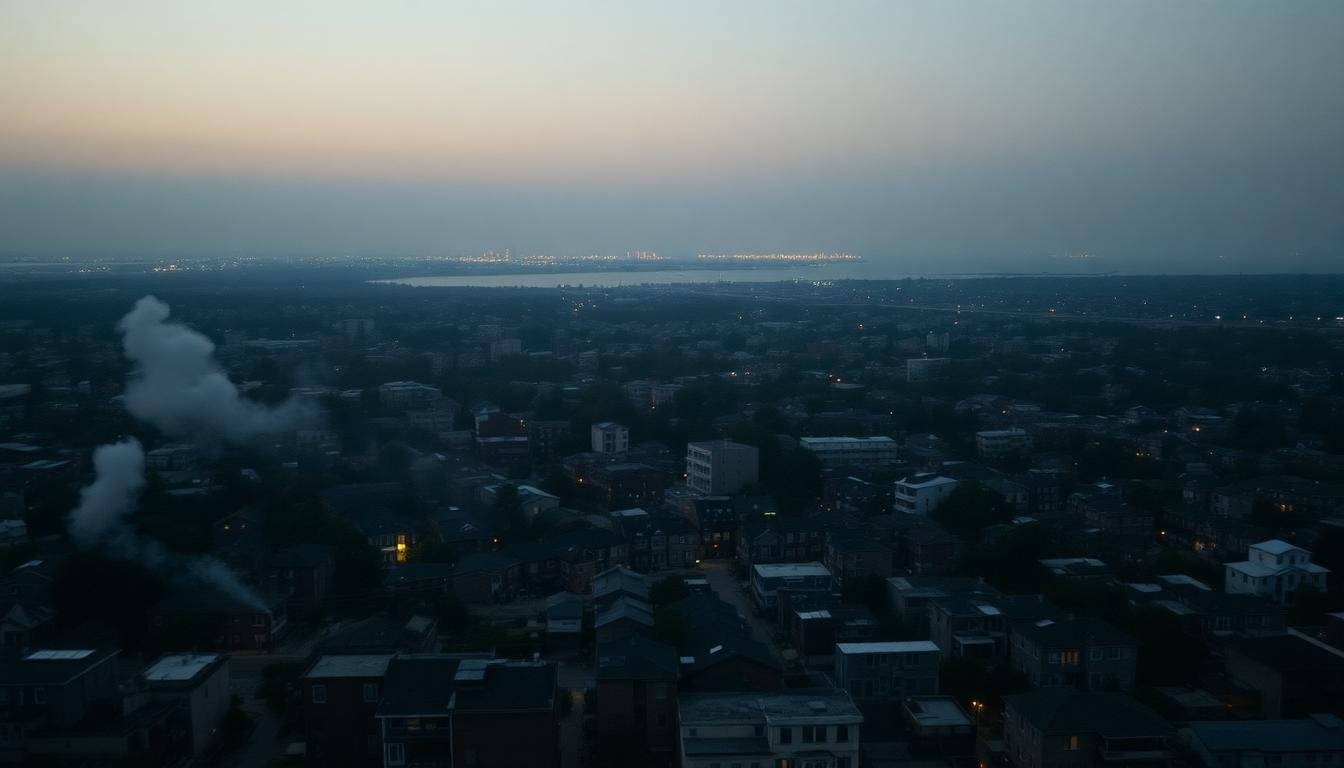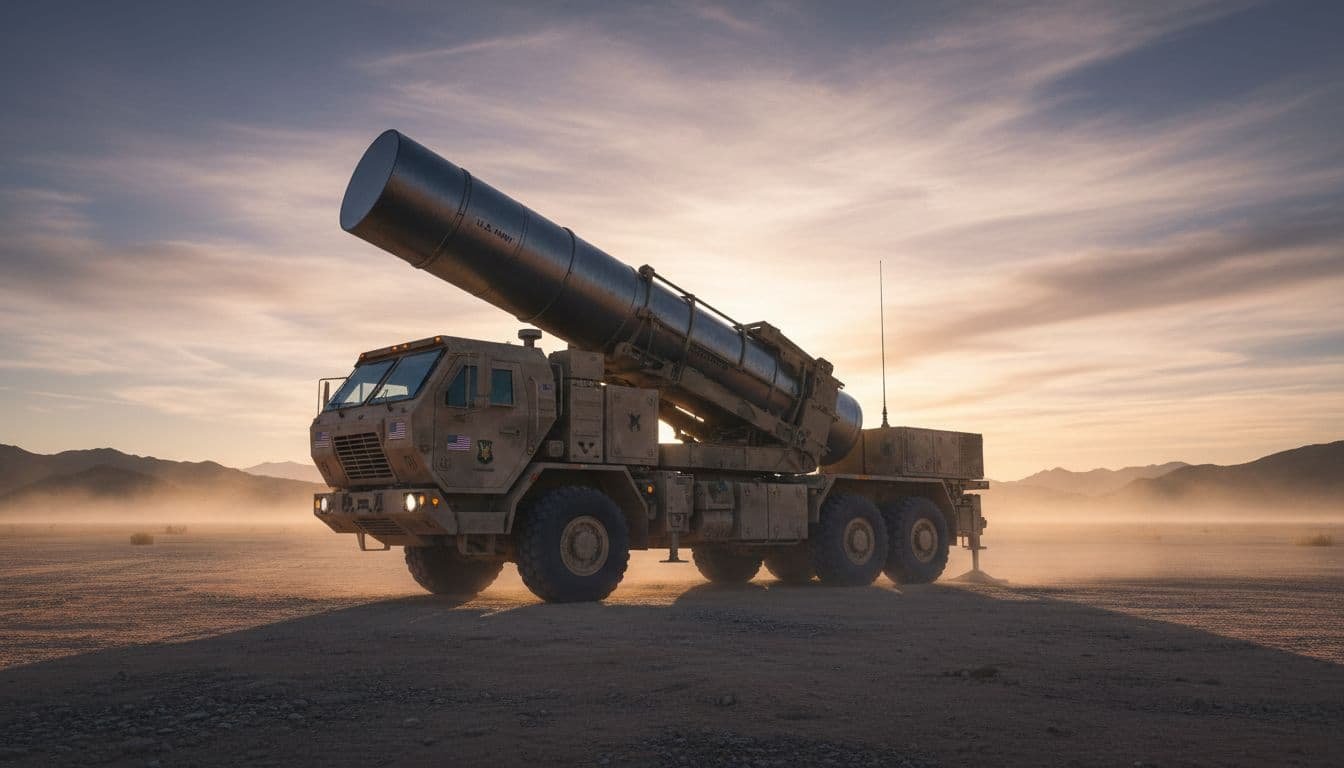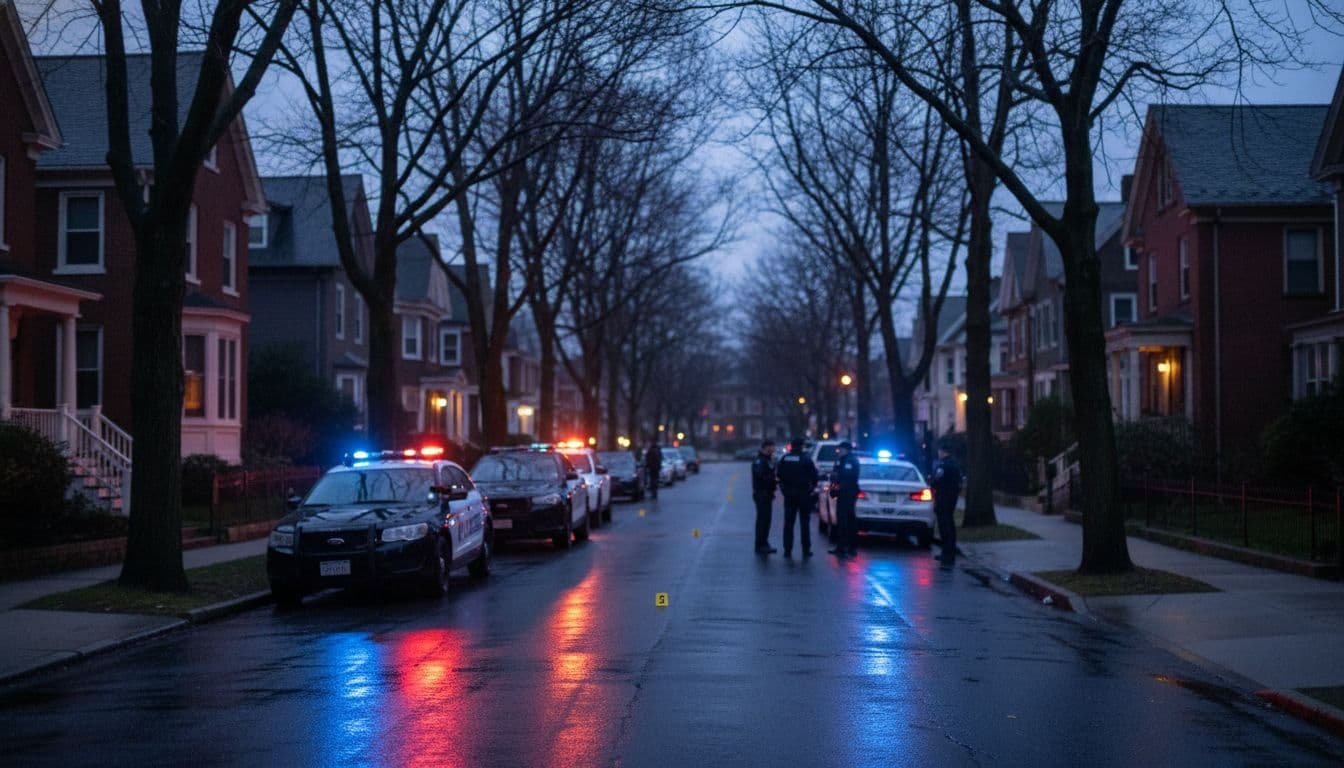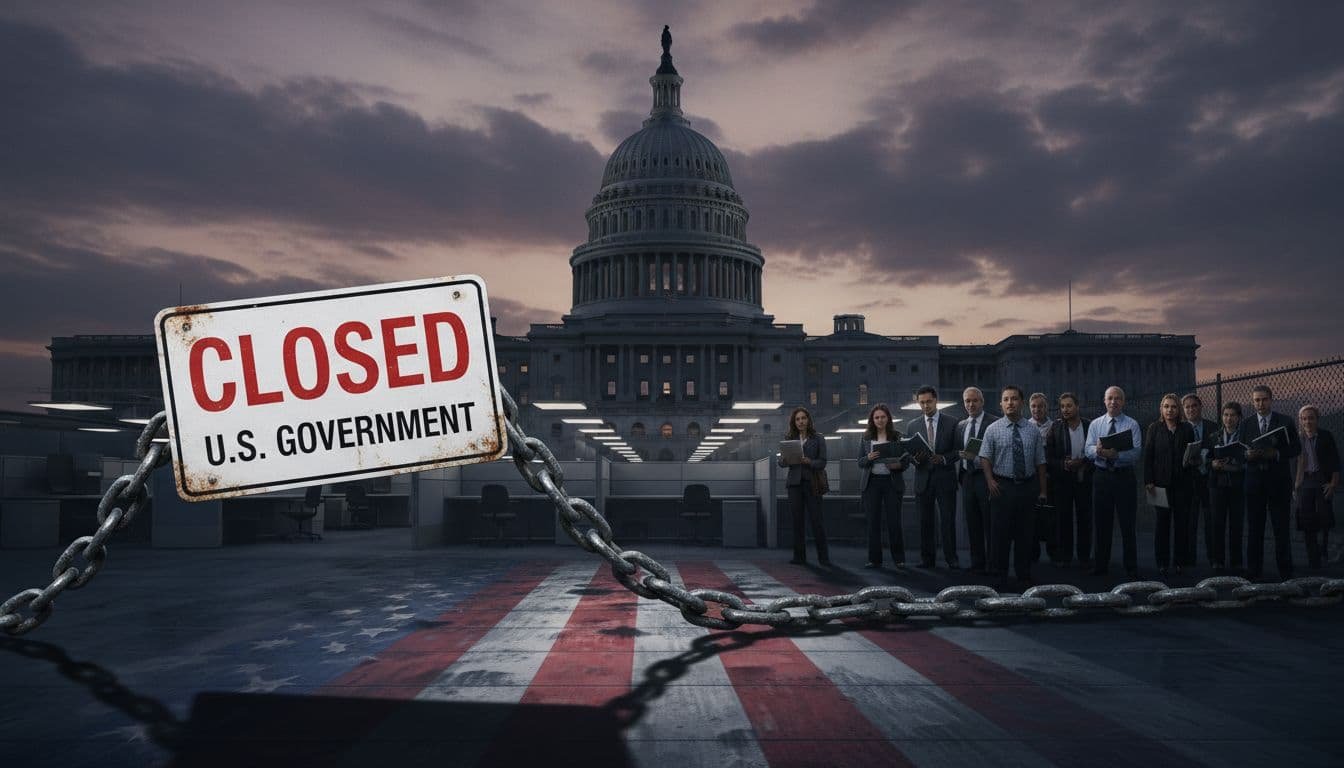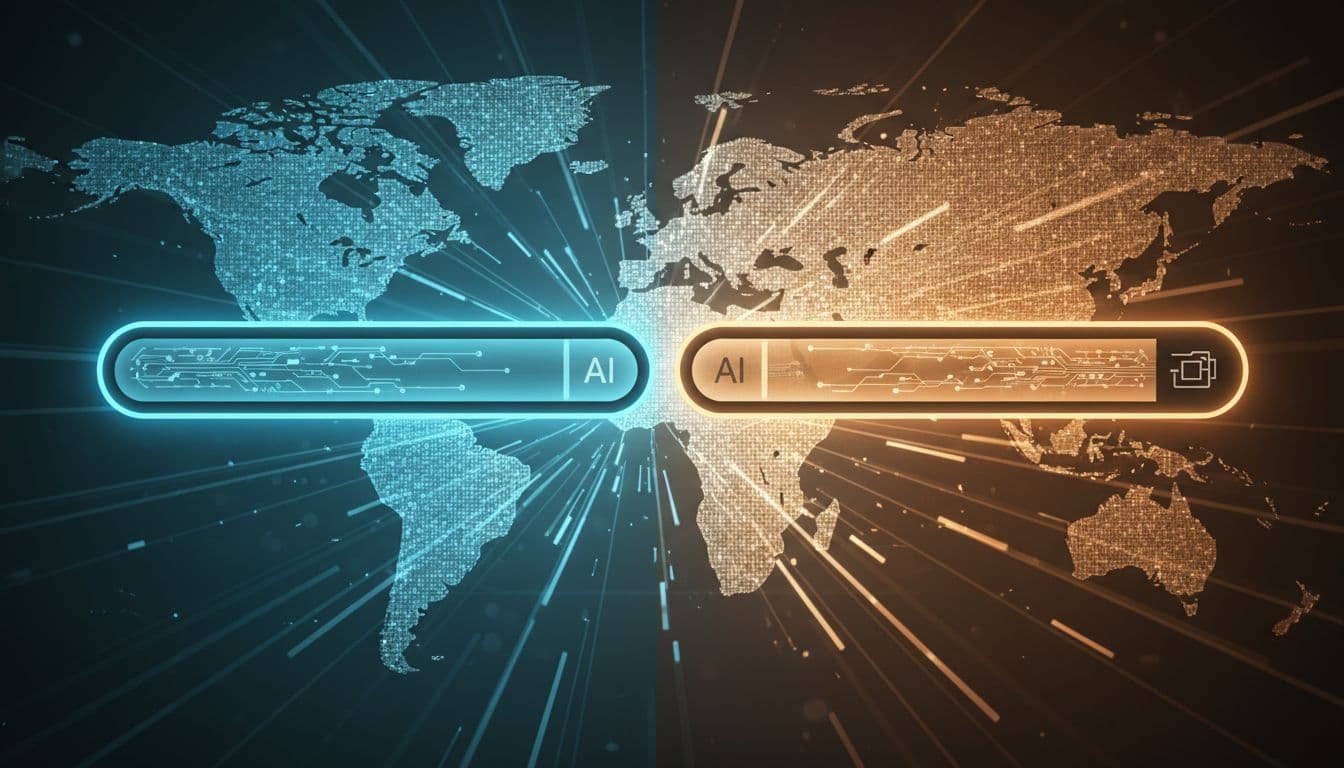With fighting and rocket fire reported in bursts and diplomatic talks moving in fits and starts, daily life remains fragile for civilians while negotiators try to shape a workable pause. Here is a clear, current overview and what to watch next.
The situation on the ground
Urban districts near recent strikes show heavy damage. Some neighborhoods face intermittent power and limited water. Movement is risky, and many families rely on aid drops, local charities, and public kitchens. Medical facilities work under strain, with shortages in supplies and staff. In surrounding areas, sirens and shelter alerts interrupt daily routines. The pattern is familiar: brief lulls, then new escalations that reset recovery efforts.
Humanitarian access and bottlenecks
Aid groups say the top challenges are predictable but hard to fix fast: safe corridors, fuel for generators and trucks, and reliable communications. When routes open, convoys move quickly; when routes close, warehouses fill and needs spike. Coordination across multiple checkpoints, agencies, and NGOs helps, but small disruptions ripple into delays. The result is uneven aid, where one district receives supplies while another waits.
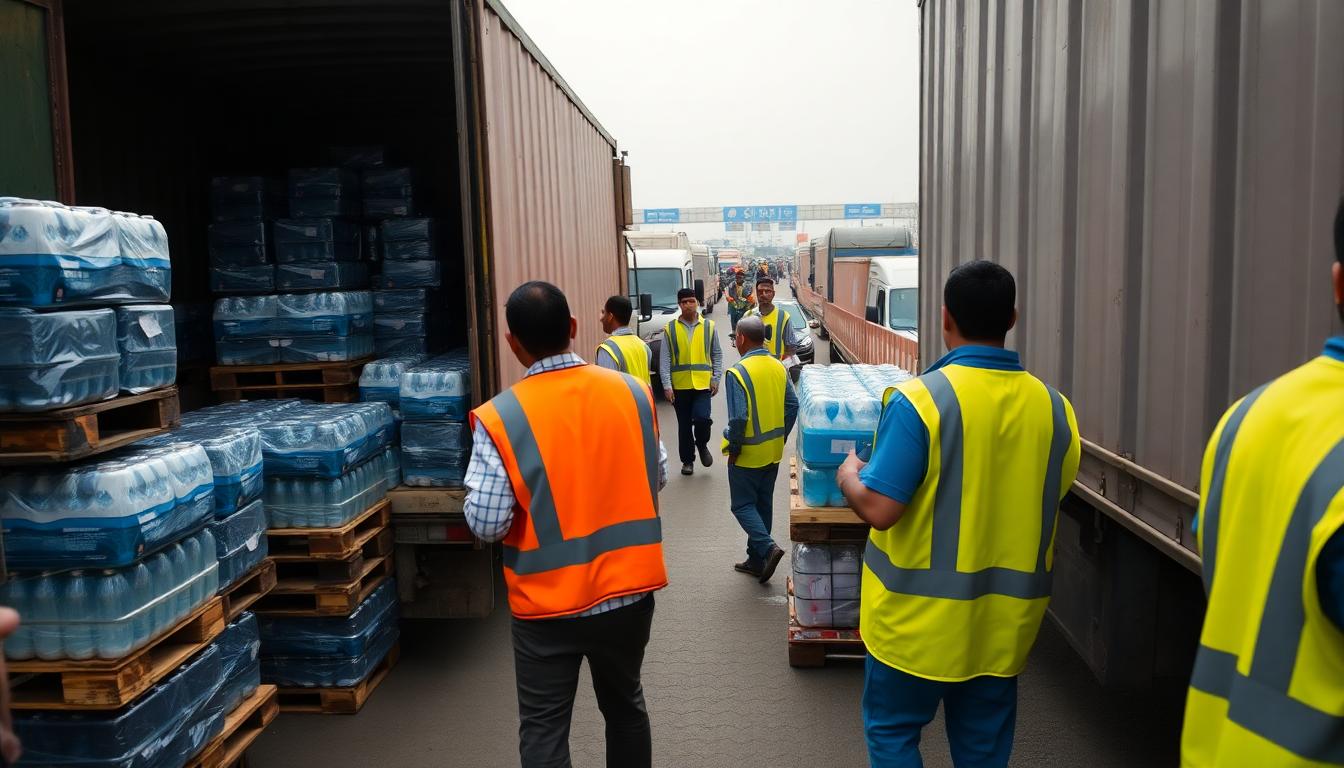
Information, verification, and caution
In fast-moving conflicts, early claims often change. Videos circulate without context, and casualty figures can shift after verification. Reliable updates tend to arrive through official communiqués, established news desks, and aid agencies with eyes on the ground. For creators and reporters, the best practice is to label preliminary information as unconfirmed and update posts as facts settle.
Diplomacy’s moving parts
Talks around temporary pauses or broader cease-fire terms typically revolve around a few core issues: hostages and detainees, aid access, security guarantees, and timelines for drawdowns or verification. Mediators shuttle proposals and try to align sequences so each party can claim a tangible gain. Even when broad principles are agreed, details like inspection protocols or crossing hours can stall implementation.

Regional risk factors
Spillover remains the key fear. Border incidents, militia rocket fire, or drone strikes can widen the fight. Shipping lanes and energy infrastructure are sensitive targets that affect global markets. A misread signal or a strike with high civilian impact can trigger a faster cycle of retaliation. That is why backchannel communication lines matter, even during public deadlock.
For civilians, a narrowing set of choices
Families face hard decisions about shelter, relocation, and work. Schools attempt hybrid arrangements where possible, but outages and safety delays limit attendance. Health issues compound when routine care is interrupted. Communities rely on mutual aid networks that fill gaps in food, water purification, and medicine runs. Personal safety plans focus on a small set of habits: charge devices when power appears, stock water, keep a go-bag, and map multiple routes to safer areas.
How content creators can cover this responsibly
- Double-source sensitive claims. Wait for verification before framing cause and effect.
- Use clear labels. Note if a video is unverified, geolocated, or confirmed by official sources.
- Protect identities. Blur faces and remove metadata from sensitive images to avoid putting people at risk.
- Center civilian needs. Link to legitimate aid organizations and practical safety tips.
Legal and policy angles to watch
- Humanitarian law investigations. Independent reviews of strike sites and civilian harm assessments.
- Arms transfers and oversight. Legislative scrutiny on weapons flows, targeting guidance, and end-use checks.
- Border management. Agreements on crossing hours, inspection standards, and convoy deconfliction.
Economic impacts
Local markets swing with access and security. Food, fuel, and medicine prices rise when roads close, then stabilize during lulls. Regionally, insurers adjust risk premiums, shipping routes adapt, and energy benchmarks react to escalation signals. For small businesses, cash flow and inventory planning become day-to-day puzzles, with short windows to restock and serve customers.
What a credible pause might require
- Sequenced steps. Day-by-day commitments on aid volume, detainee exchanges, and patrol withdrawal zones.
- Verification. Third-party monitors, satellite tasking, and shared logs to track compliance.
- Communication. Hotlines to defuse incidents and a public dashboard for basic metrics: trucks in, fuel delivered, clinics supplied.
- Civilians first. Clear windows for evacuations, clinic resupply, and repairs to power and water nodes.
Signals of real de-escalation
- Fewer air alerts and launch reports over several consecutive days.
- Convoys entering on a steady schedule with fuel included.
- Hospitals reporting improved stock levels and grid stability.
- Border areas reopening for limited commerce under monitors.
Bottom line
Conditions remain volatile, with civilians bearing the brunt while negotiators test pathways to a pause. Progress will be measured in routine things: quiet nights, trucks moving on time, clinics powered, and schools reopening. Until those markers show up consistently, the risk of renewed escalation stays high. Keep an eye on verified reports, aid flow metrics, and formal communiqués. Those will tell you faster than headlines whether a real turning point is here.
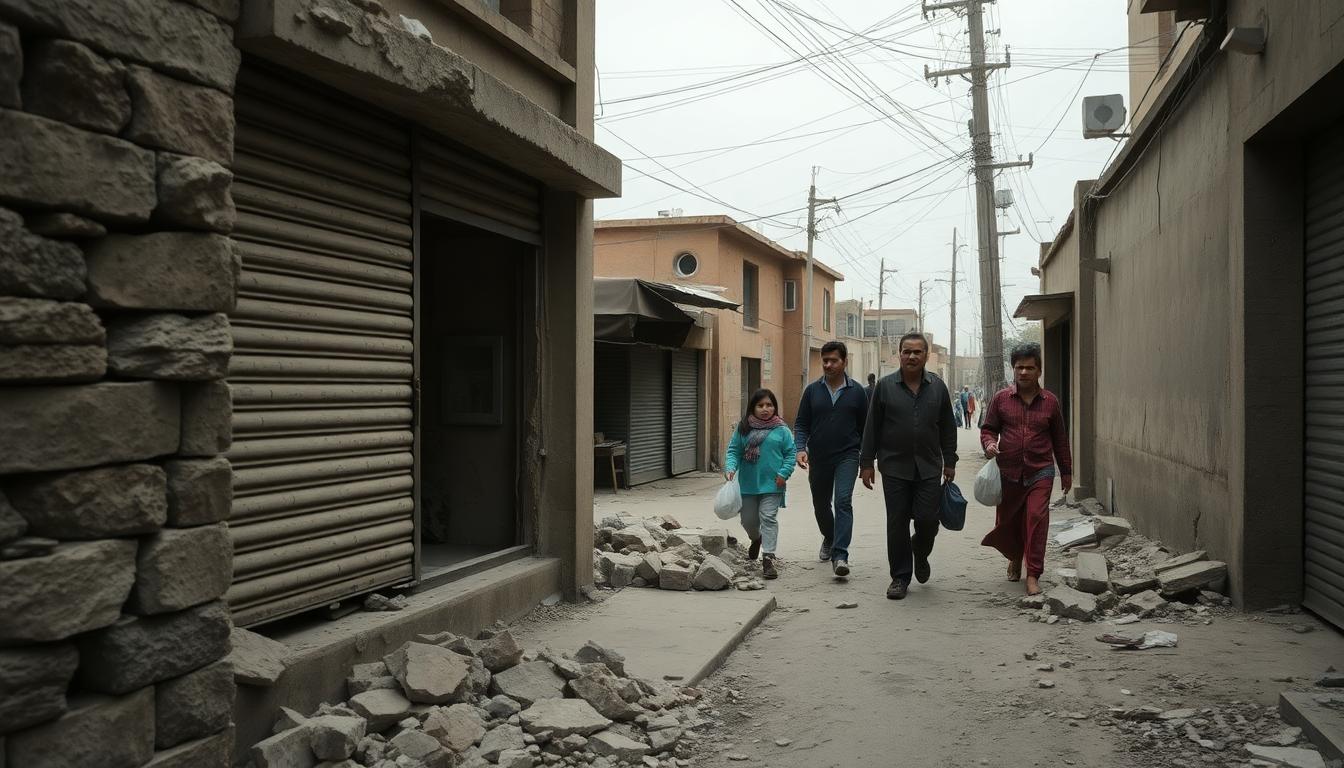
To contact us click Here .
